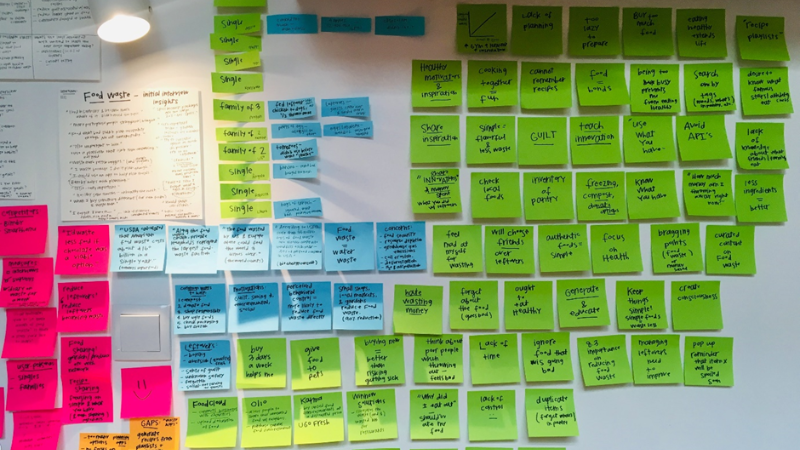
Why You Should Know Design Thinking, by Gabriela Monteiro
Highlights
- As an IT professional, knowing Design Thinking will set you apart from the others. Design Thinking is a mindset to solve problems creatively. It is a human-centered approach to delivering better products and services, which is composed of five stages: Empathise, Define, Ideate, Prototype and Test. These stages are not fixed, and you can navigate through them as you need.
- Courses on Design Thinking are featured on the Learning Accelorator, access here.

I first learned about Design Thinking when doing research around the courses that were taught in some of the most prominent IT Schools around the world. My curiosity led me to read more about it and I inevitably became a great enthusiast of this approach. The IT School that I chose to do my masters’ degree in Australia, did not have Design Thinking in their program. But it was available in the School of Arts, and I chose this as an elective course.
Without any hesitation, I can say that Design Thinking was the best course I chose in my life. It opened my eyes to new ways of solving problems using a human-centred approach, and it provided me with a critical skill to have in the job market. The course that I took was fully project-based and it allowed me to apply all stages of Design Thinking to solve a problem that my team and I have identified related to screentime.
In my first job interview in Australia, I was asked to explain a situation when I had to solve a problem and how I did it. When I explained about my Design Thinking capstone project, the interviewers looked very surprised and later I understood why: they just started to implement Design Thinking to identify and solve problems in their organisation. So, having this skill was clearly something that set me apart from other candidates, and I ended up getting the job.
You can adapt Design Thinking to your organisation’s ways of working. I’ve seen this approach being implemented in conjunction with Agile Methodologies such as Scrum, which makes sense since Design Thinking is a very agile way of working per se. In the book “Sprint: How to Solve Big Problems and Test New Ideas in Just Five Days”, the authors (three partners at Google Ventures) describe their process for solving curly problems in a sprint that lasts 5 days, and each day is a stage of the Design Thinking process. There is also a template that one of the authors (Jake Knapp) made available for those interested in replicating their approach. Even if your company is more waterfall oriented, you can still use Design Thinking in the discovery phase, to identify problems and gather users’ requirements. So, it’s up to your team to decide how you can benefit from it.
As a final remark, I encourage any IT professional to take a course, a workshop, or read more about Design Thinking. You will certainly get inspired by how it can support the delivery innovative solutions based on customers’ needs. As an ACS member benefit you have access to over 40,000 short courses and information sessions, see here the options for Design Learning. And remember to have it in you resume as problem solving skill. This will certainly make an impact.
Gabriela Monteiro
Content and Engagement Lead
ACS QLD Emerging Professionals Committee
